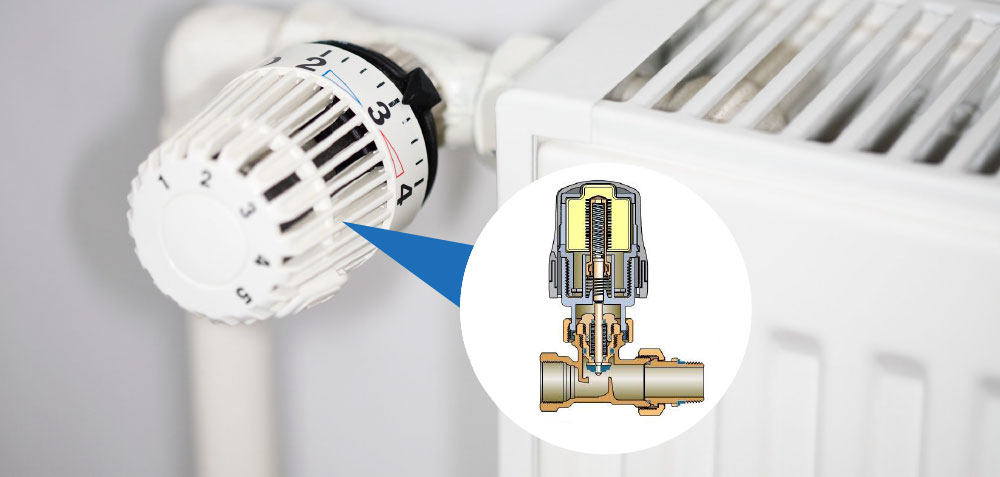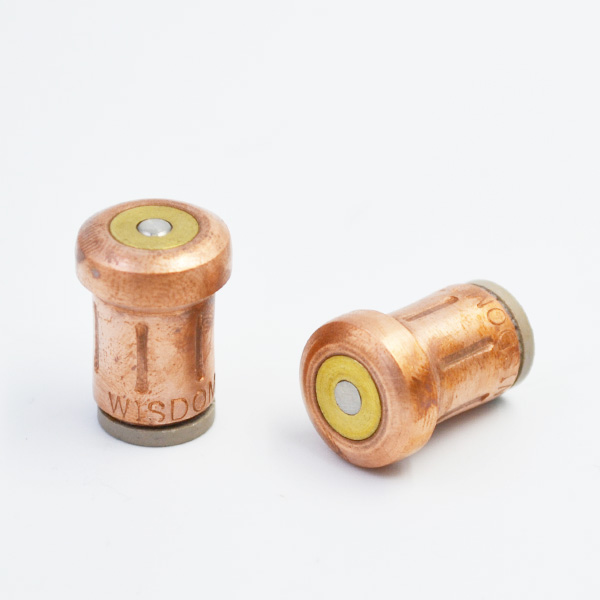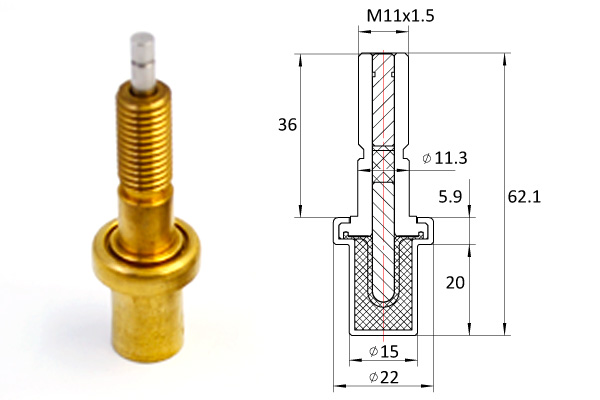Programmable Controller (hereinafter referred to as PLC) technology is a widely used and practical course in the field of industrial control. In view of the abstract characteristics of the course content and the existing problems in the teaching of secondary vocational schools, this paper takes the information-based teaching design of the teaching unit of “Automatic Mixing Devices of Mixing Tanks Controlled by PLC”. The application of information-based teaching method in PLC technology teaching is expounded in detail for a case.

Teaching practice shows that information-based teaching optimizes the teaching process, makes abstract problems intuitive, complex problems simplified and dynamic process visualized, effectively highlights the teaching focus, solves the teaching difficulties, and improves students’interest in learning and self-learning ability. PLC technology is a very practical core course for the electrical operation and control, electromechanical technology application and other specialties in secondary vocational schools. It has the characteristics of wide knowledge coverage, strong practicality, strict logic and rapid development. Therefore, students need to have good logical thinking ability and practical application ability. Traditional teaching mostly focuses on theoretical teaching and neglects practical application, which leads to students’lack of practical ability and completely talking about soldiers on paper, which is not conducive to the practical application in the future. Facing the drawbacks of traditional teaching, how to arouse students’desire for autonomous learning, stimulate students’ interest in learning and improve their practical application ability is the key to do a good job in teaching design and improve the quality of teaching. In the teaching practice of PLC technology, the author finds that there are many advantages in using information-based teaching methods to stimulate students’learning motivation, cultivate students’ practical and innovative abilities, and achieve good teaching results. Mainly in the following areas. First, the presentation means are vivid and intuitive. Information-based teaching can vividly and intuitively express abstract teaching contents such as the working principle of PLC, the functional difference between soft components and electrical relays, and complete the easy construction of knowledge by means of information technology. Secondly, there are abundant materials. Through multimedia courseware, network resources, simulation teaching software, digital image technology, teaching resource database and other forms to provide more abundant teaching resources, students can obtain rich learning resources from multiple channels. Thirdly, the role transformation between teachers and students. After students’learning changes from “passive” to “autonomous” using information-based teaching methods, they can achieve a fundamental change in the teaching mode from “one teacher talks” to “students as the main body”. Teachers are the guides and supporters, and teachers and students discuss and acquire knowledge together. Fourth, improve students’ability to solve problems and innovate independently. Through QQ group, campus network, smart phone function, digital training room and other creative education space, students can exchange and share learning experience in the learning process. The following author will take “the information-based instructional design of the teaching unit of”Automatic Mixing Devices of Various Liquids Controlled by PLC”as a case to illustrate the application of information-based instructional means in the teaching of PLC technology. The teaching object is the second-year students majoring in electromechanical technology application, which has the following three characteristics: to enter the internship stage, we need to create a learning environment close to the working environment; poor self-learning and self-supervision ability, teachers need to guide and guide; and abstract procedures in the face of boring industrial design. Lack of interest in compilation is seen as a huge obstacle. Teaching strategies. First, teamwork and good 6S32 habits will be developed throughout the classroom.
Secondly, the ability-based project teaching method is adopted to design training projects and train students’transferable comprehensive abilities. Supervise and check the learning effect of students according to the project task report. Teachers lead students to complete project A of port arrangement, main program, circuit connection and debugging of two kinds of liquid automatic mixing control in class, and then arrange students to join project B of normal stopping and emergency stopping design according to project A, so as to train students’learning ability from project A to complete project B. Knowledge and ability have been transferred. General abilities are trained with specific work. Thirdly, the six-step method of “information-plan-decision-making-implementation-inspection-evaluation” fully reflects the student-centered teaching. Finally, through the guidance of “four steps” knowledge points, that is, detailed analysis of control requirements, interactive design of Functional Diagrams in sequential control, step-by-step procedures and program modification training, students can easily overcome obstacles. Analysis of the application of teaching methods and information technology means. Above uses the interest guidance method to lead out the topic, uses the group learning method to make the teamwork complete the teaching task together, uses the inquiry learning method to enable the student to complete the analysis and induction of the control request, the listing of the control ports, the analysis and research after the control request changes, uses the ability-based two-line parallel project teaching. Learning Method Design Items A and B, to train students’transferable comprehensive ability. The use of video, pictures, multimedia courseware, programming software and other information-based teaching means effectively uses information technology to assist teaching. Especially through the use of simulation teaching software to compile, debug and improve the PLC step-by-step instruction program, the classroom teaching highlights the key points, and allows students to simulate debugging in the simulation environment first, reducing the failure rate of follow-up debugging equipment. And students can download materials, communicate with students and evaluate the learning effect through the platform of teaching resource database of electromechanical technology application specialty of campus network. They can find relevant knowledge and discuss programming ideas. They can break through the difficulties of classroom collaboratively-the design of step-by-step function diagram and the composition of programming ideas.

Finally, they can evaluate learning informationally. Effect. In the past, without the combination of these four teaching methods and information-based teaching methods, thermostatic element the content needs four classes (180 minutes) to teach and train. Now it can be shortened to three classes (135 minutes). The integration of theory and practice teaching, the visualization of information-based teaching resources, and “strike while the iron is hot” is conducive to students in a timely manner. Master and digest knowledge.

The author used information technology to assist teaching in eight places. Firstly, the introduction part of the project adopts the situational import method to recall the visiting process of the production line by playing the video of Coca-Cola’s product production and the picture of the mixing tank. Secondly, the operation process of various liquid automatic mixing devices (laboratory simulator) controlled by PLC for video viewing in micro-class is discussed and summarized by the student groups according to the video. Thirdly, according to the control requirements, each group lists the I/O distribution diagram and draws the hardware wiring diagram. Teachers guide students to design step-by-step functional diagram according to the “PLC Programmer” post skill standard through multimedia courseware. Fourthly, teachers use multimedia broadcasting software and PLC programming software to demonstrate program input. Fifthly, each group uses the programming software of PLC and the simulation teaching software in the platform of teaching resource database to carry out the training of programming, debugging and simulation operation. Sixthly, the teacher broadcasts live demonstration wiring and line test through on-the-spot recording software, and guides students to find micro-lesson video of hardware wiring in the teaching resource database platform for repeated reference in the wiring process.
Seventh, teachers set up evaluation tables in the teaching resource base platform for students’ groups to evaluate the learning tasks such as self-evaluation and mutual evaluation, and through the effect evaluation and group summary to understand the feedback of students’ learning. Eighth, after-class teachers use Wechat Group and QQ Group to answer students’questions and questions, which improves students’ interest in learning and closes the relationship between teachers and students. The information-based teaching design and implementation of the above-mentioned teaching units optimize the teaching process by means of “advanced information-based educational technology”. The whole classroom practice integrates multimedia technology, network technology, programming software technology and other modern educational technology into the teaching process, making abstract problems visualized, complex problems simplified and dynamic process visualized, effectively solving the difficulties in teaching and improving students’interest in learning. Through application examples, we can easily see that this teaching mode embodies the concept of “learning by doing, learning by doing” centered on students, and also embodies that the creator education of digital technology is gradually applied in modern vocational education and keeps pace with the times in the information age.

Of course, the Informationized Teaching method can not be used indiscriminately. How to use it reasonably and appropriately is the key to improve this new teaching mode.
The key elements of the application of informationization are the selection of teaching content, the appropriate use of informationization means and the construction of informationization teaching environment. Information technology assisted instruction is not the only way to enhance the teaching effect. Information technology can not be used for information technology in teaching.

Only by actively exploring the law of the development of vocational education and the law of students’growth, combining with the advanced means of information-based teaching, combining with various teaching methods focusing on cultivating students’ comprehensive quality and ability, perfecting teaching design, and creating a good teaching and learning atmosphere of “happy teaching, love learning and mutual assistance” between teachers and students, can the best teaching effect be created.
